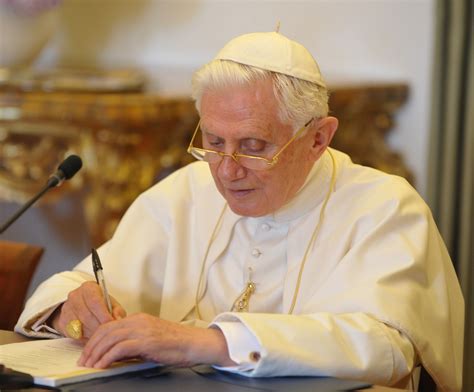Write to the Pope: A Guide to Expressing Your Faith & Concerns
Writing to the Pope might seem daunting, but it's a powerful way to share your faith, voice your concerns, or simply connect with the head of the Catholic Church. This guide offers a step-by-step approach to crafting a respectful and effective letter, ensuring your message is heard. Whether you're seeking spiritual guidance, expressing gratitude, or addressing a specific issue, this guide will help you navigate the process.
What are the Different Ways to Contact the Pope?
While writing a personal letter directly to the Pope is possible, it's important to understand that the sheer volume of mail received necessitates a system of processing. Your letter will likely be read by a member of the Papal staff within the Vatican. There is no guarantee of a personal response from the Pope himself, but your message will be considered. You can also contact the Vatican through official channels, often yielding faster responses for urgent matters. Consider the urgency and nature of your communication when choosing your method.
How to Write a Letter to the Pope: A Step-by-Step Guide
Here's a structured approach to writing your letter:
-
Salutation: Begin with a formal salutation such as: "Your Holiness," "Most Holy Father," or "To His Holiness, Pope Francis."
-
Introduction: Briefly introduce yourself and state the purpose of your letter. Are you writing to express gratitude, offer support, voice a concern, or seek advice? Be clear and concise in your opening statement.
-
Body: This is where you develop your message. Be respectful, articulate, and sincere. Avoid overly emotional or aggressive language. Keep your points focused and organized. If you have multiple concerns, address them individually and logically.
-
Conclusion: Summarize your main points and reiterate your purpose. Express your hope for consideration and offer any relevant closing remarks.
-
Closing: End with a formal closing such as "With utmost respect," "Sincerely," or "In Christ's love."
-
Signature: Sign your full name and provide your address and contact information (optional, but helpful for potential follow-up).
What Kind of Concerns Should I Address in My Letter?
You can address a wide range of concerns in your letter, including:
- Matters of Faith: Seek spiritual guidance, ask theological questions, or share personal reflections on your faith journey.
- Social Justice Issues: Express your concerns about poverty, inequality, environmental issues, or other global challenges.
- Church Governance: Raise questions or offer suggestions regarding Church policies or practices (be mindful and respectful in your approach).
- Personal Prayers & Requests: You may choose to share personal prayers or requests for intercession, though a personal response is highly unlikely.
What is the Proper Address for Mailing a Letter to the Pope?
The address to mail your letter to the Pope is:
His Holiness Pope Francis Apostolic Palace 00120 Vatican City
How Long Does it Take to Receive a Response?
Due to the high volume of mail received, you should not expect an immediate response. You may or may not receive a response at all. The Vatican often sends out form letters acknowledging receipt of correspondence, especially if you've provided a return address. The processing of letters can take months.
What Should I Avoid in My Letter?
Avoid:
- Irreverent or disrespectful language: Maintain a respectful and courteous tone throughout your letter.
- Excessive length: Keep your letter concise and focused on your main points.
- Unrealistic expectations: Remember that the Pope receives a tremendous amount of mail and cannot personally respond to every letter.
- Confidential or sensitive information: Avoid including highly personal or sensitive details that you don't wish to be shared with others within the Vatican.
By following these guidelines, you can confidently craft a letter that effectively communicates your faith and concerns to the Pope. Remember to approach the process with respect, sincerity, and a realistic expectation of the response you might receive. The act of writing itself can be a powerful act of faith and connection.

